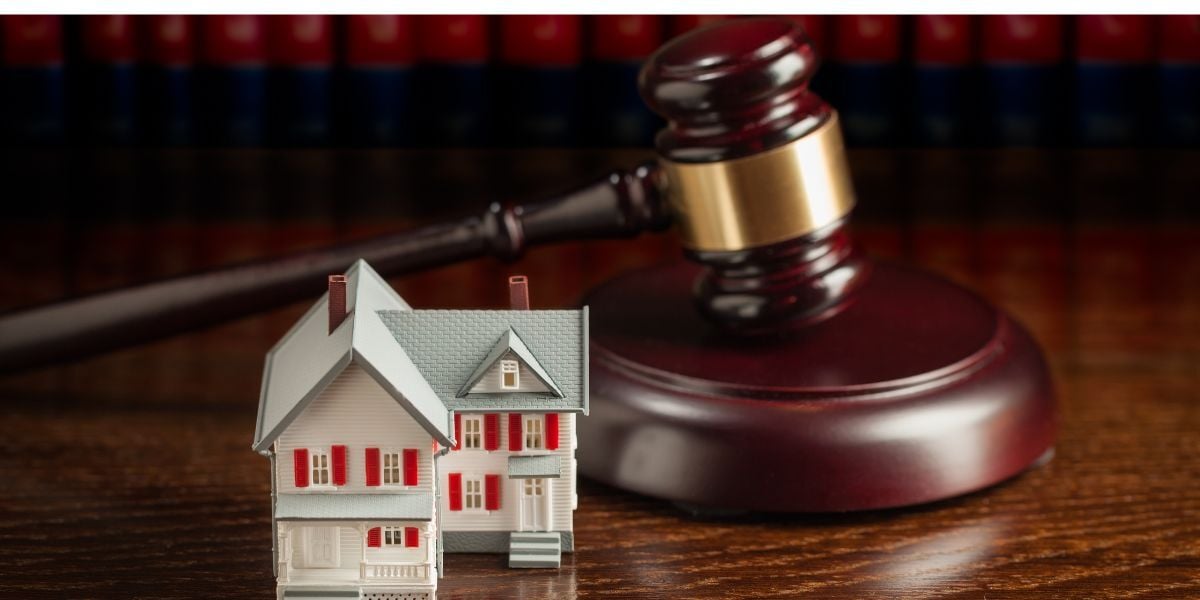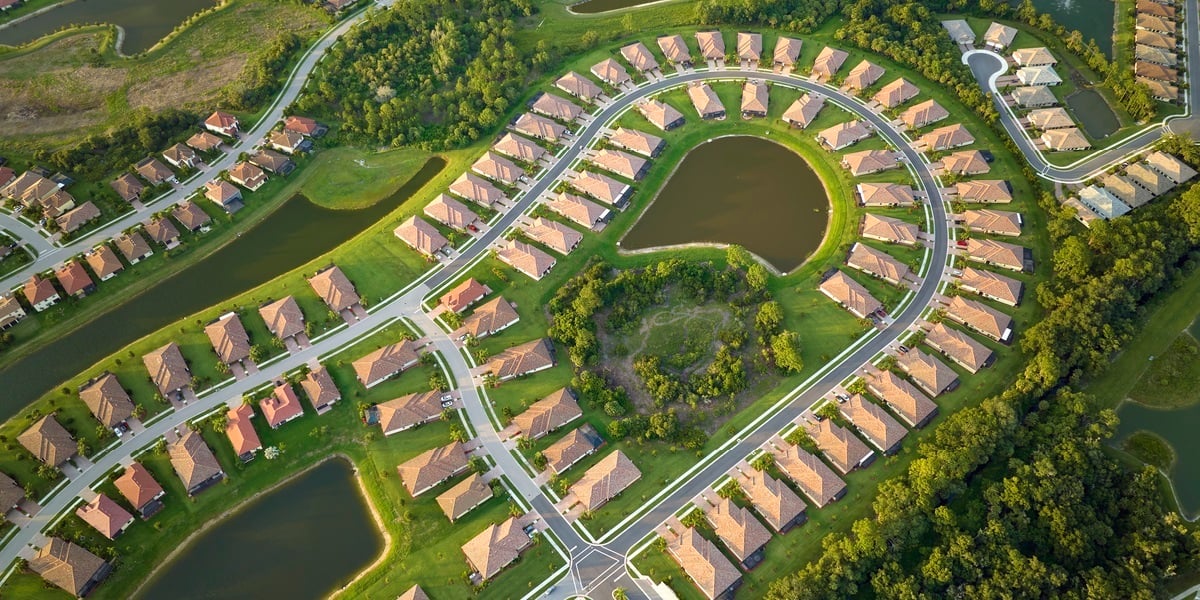 Like almost every community in the country, your homeowners association is probably feeling the pinch in the housing market. We’d like to dispel a few common misconceptions about what contributes to the rise and fall of property values.
Like almost every community in the country, your homeowners association is probably feeling the pinch in the housing market. We’d like to dispel a few common misconceptions about what contributes to the rise and fall of property values.
HOA Fees are too high
False. Actually, HOA fees have nothing to do with property values, and high fees will not turn off potential buyers—if they’re educated buyers. Our HOA fees may be higher—or lower—than a neighboring homeowners association depending on many factors. Are we providing more services? Is our property older? What utilities are included in the fees? Do we have more homes?
The more important question is what value are HOA members getting for their money? To answer that question, the homeowners association mails a detailed budget with line-item documentation to all owners and makes it available to potential buyers. Low HOA fees should be as much of a red flag as those that appear too high.
We have too many renters
False. Lenders are required to charge higher rates for loans or deny a loan for homes in a homeowners association with renter-owner ratios that exceed a certain percentage. But that doesn’t mean renters affect property values. A homeowners association Board sees renters as owners-in-training who aren’t ready to purchase their homes yet. In fact, HOA members who are renters have all the same rights to enjoy in the homeowners association as owners—except voting or holding office. Welcome renters, encourage them to participate in association activities, and hope they will eventually buy a home in the community.
Homeowners Association living is carefree
True and false. Association living is maintenance free—leaving maintenance decisions to a Board—but not entirely carefree. HOA members need to care about their community and recognize that common-interest living involves service, commitment and honoring HOA fees. Good maintenance increases curb appeal which helps sales and may help property values. However, without committed HOA members to serve on the Board and in other positions, maintenance and curb appeal are quick to suffer.
Architectural and aesthetic uniformity are necessary to protect property values
False. The Board’s objective is to maintain standards rather than ensure uniformity. Yes, some uniformity is good, but the Board believes there is room for individual expression—as long as aesthetic standards are met.
Property values are based largely on comparative values of homes throughout the homeowners association. However, we can ensure that our values are at peak levels by assessing adequate HOA fees to maintain our community now and for years to come, and by ensuring all HOA members are involved and engaged in the community and care about the association.










